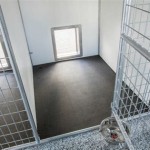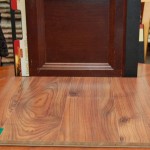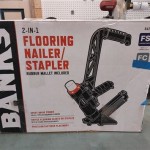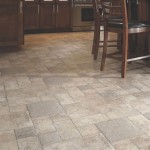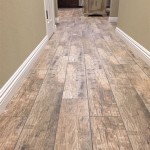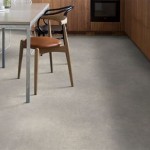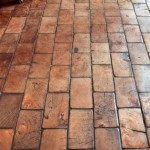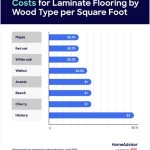Essential Aspects of Basement Fitness Room Flooring
Transform your basement into a fitness sanctuary with the perfect flooring for your workouts. Basement fitness room flooring plays a crucial role in ensuring safety, comfort, and durability for your exercise routine. Here are the essential aspects to consider when choosing the right flooring for your basement gym:
1. Impact Resistance
High-impact workouts like plyometrics, jumping, and weightlifting demand flooring that can withstand the pounding. Look for materials that absorb shock and protect your joints and equipment. Rubber, foam tiles, and vinyl are excellent options for high-impact activities.
2. Slip Resistance
Sweat and spills can create slippery surfaces, increasing the risk of falls. Choose flooring that provides good traction and grip, even when wet. Textured rubber or vinyl with a non-slip finish are ideal for basement fitness rooms.
3. Durability
Basement fitness rooms experience heavy wear and tear. Select flooring materials that are resistant to scratches, dents, and abrasions. Rubber, vinyl, and ceramic tiles are durable options that can withstand the rigors of regular workouts.
4. Moisture Resistance
Basements are prone to moisture and dampness. Choose flooring that is waterproof or moisture-resistant to prevent mold, mildew, and damage. Vinyl, rubber, and epoxy coatings provide excellent moisture resistance.
5. Comfort and Ergonomics
For extended workouts, comfort is essential. Soft flooring materials like rubber or foam tiles reduce foot strain and joint pain. Ergonomic flooring can also minimize fatigue and improve posture during exercises.
6. Aesthetics
Transform your basement gym into an inviting space with attractive flooring. Choose materials and colors that complement your décor and inspire you to work out. Rubber tiles offer a wide range of styles and designs, while vinyl flooring provides a sleek and modern look.
7. Easy Maintenance
Basement fitness rooms require regular cleaning. Choose flooring that is easy to clean and maintain. Rubber, vinyl, and epoxy coatings can be easily wiped or mopped, saving you time and effort.
8. Insulation and Sound Absorption
A well-insulated floor can reduce noise levels and prevent disturbances to other areas of your home. Rubber tiles, foam, and carpet provide excellent sound insulation and absorption, creating a quieter workout environment.
9. Cost
Flooring costs vary depending on the material, thickness, and installation method. Rubber tiles and vinyl flooring offer a good balance of performance and affordability. Ceramic tiles are more expensive but provide excellent durability and moisture resistance.

Best Home Gym Workout Room Flooring Options Sebring Design Build Basement

35 Best Home Gym Floor Ideas To Transform Your Space In 2024 Flooring Room At Basement

How To Choose Home Gym Flooring Garage

Interlocking Eva Foam Home Gym Flooring Tiles Pebble 10 Mm

Basement Exercise Room Design Ideas S Remodel And Decor Workout Home Gym At

Designing A Basement Home Gym Brothers Constructionbrothers Construction

How To Design A Home Gym That You Ll Actually Use The New York Times

Basement Gym Rubber Flooring Home Colorful Tile Floor

How To Select The Best Flooring For Your Home Workout Room Riverside Construction

10 Basement Home Gym Designs You Ll Want To Work Out In
Related Posts

